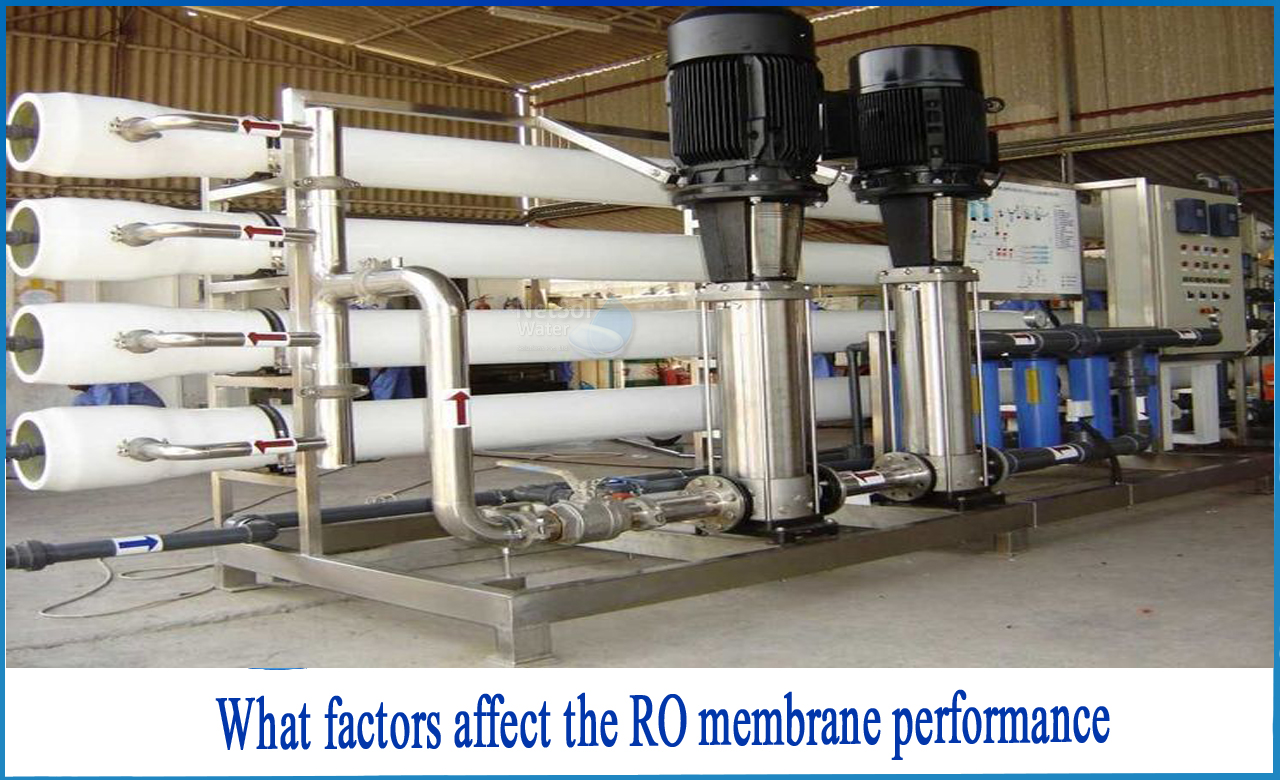What is Reverse Osmosis?
Reverse osmosis is a technique for removing the vast majority of pollutants from water or wastewater by forcing it through a semi-permeable membrane under pressure.
Commercial RO Membranes
Cellulose acetate, polysulfonate, and polyamide make up the majority of commercially available RO membranes. For specialized applications, many additional types of membranes consisting of a single polymer or a copolymer are also available in the market.
Construction of RO Membranes
A skin of roughly 0.25 microns and a support layer of around 100 microns make up the membrane. The active barrier is the skin, which permits water to pass through.
1: Spiral wound membranes: Sheets of membrane sandwiched with mesh spacers are connected and wound around a permeate tube; and
2: Hollow fibre: Sheets of membrane sandwiched with mesh spacers are connected and looped around a permeate tube. A pressure housing is made up of either of these modules.
Collection and Normalization of Reverse Osmosis or RO Data: Why is RO data collected?
The goal of collecting and analysing RO data is to learn more about the true state of the RO membranes and to help fix any possible issues before they become critical. The adjusted RO data is then compared to a baseline (when the membranes were new, replaced or cleaned).
To determine the health of the RO membrane, the following raw data is gathered.
1. Feeding Temperature in (F°)
2. Flow of Permeate in (GPM)
3. Flow Concentration in (GPM)
4. The Feeding Pressure in (PSI)
5. Excess pressure in (PSI)
6. Pressure which is Permeable in (PSI)
7. Conductivity of the Feed
All of these operating variables have an impact on the quality and quantity of permeate water produced by RO membranes. However, because these operating conditions are always changing, comparing the observed performance of specific metrics at one location to another point under different operating conditions is impossible.
What factors affect the RO membrane performance?
Temperature, feed water quality, permeate flow, and system recovery are all elements that affect membrane performance.
Why is RO data normalised?
By normalising RO data, the user can compare the performance of RO membrane to a fixed standard that is independent of operating conditions. Normalized data will reflect the genuine performance and health of a RO membrane by measuring the direct condition of the membrane.
Data that hasn't been normalised can be deceiving, as there are numerous variables that might produce changes that appear to be problems but aren't.
For example, estimate a permeate flow change of 1.5 percent per degree Fahrenheit (F) as a reasonable rule of thumb. If RO produced 50 GPM of permeate while the feed water temperature was 60 degrees Fahrenheit and the feed water temperature decreased 5 degrees Fahrenheit later, the RO would produce roughly 46 GPM. Given the temperature drop, a 4 GPM drop in product is totally normal.
How can we help?
Netsol Water will design and choose the membrane that best suits the needs of your business and the project. We integrate RO technology with the appropriate pre-treatment and post-treatment to deliver long-term and full solutions.
Our water and wastewater treatment systems provide the following benefits_
1: Engineered and custom-designed solutions for one-of-a-kind requirements.
2: Design, engineering, manufacture, automation, installation, maintenance, and training are all included in turnkey systems.
3: Water and wastewater treatment, recycling, reuse, and disposal using cutting-edge technologies.
4: On-line assistance and on-site service and support are at our best.
For further assistance or product-purchase-related queries, call us at +91-9650608473 or email atenquiry@netsolwater.com.



